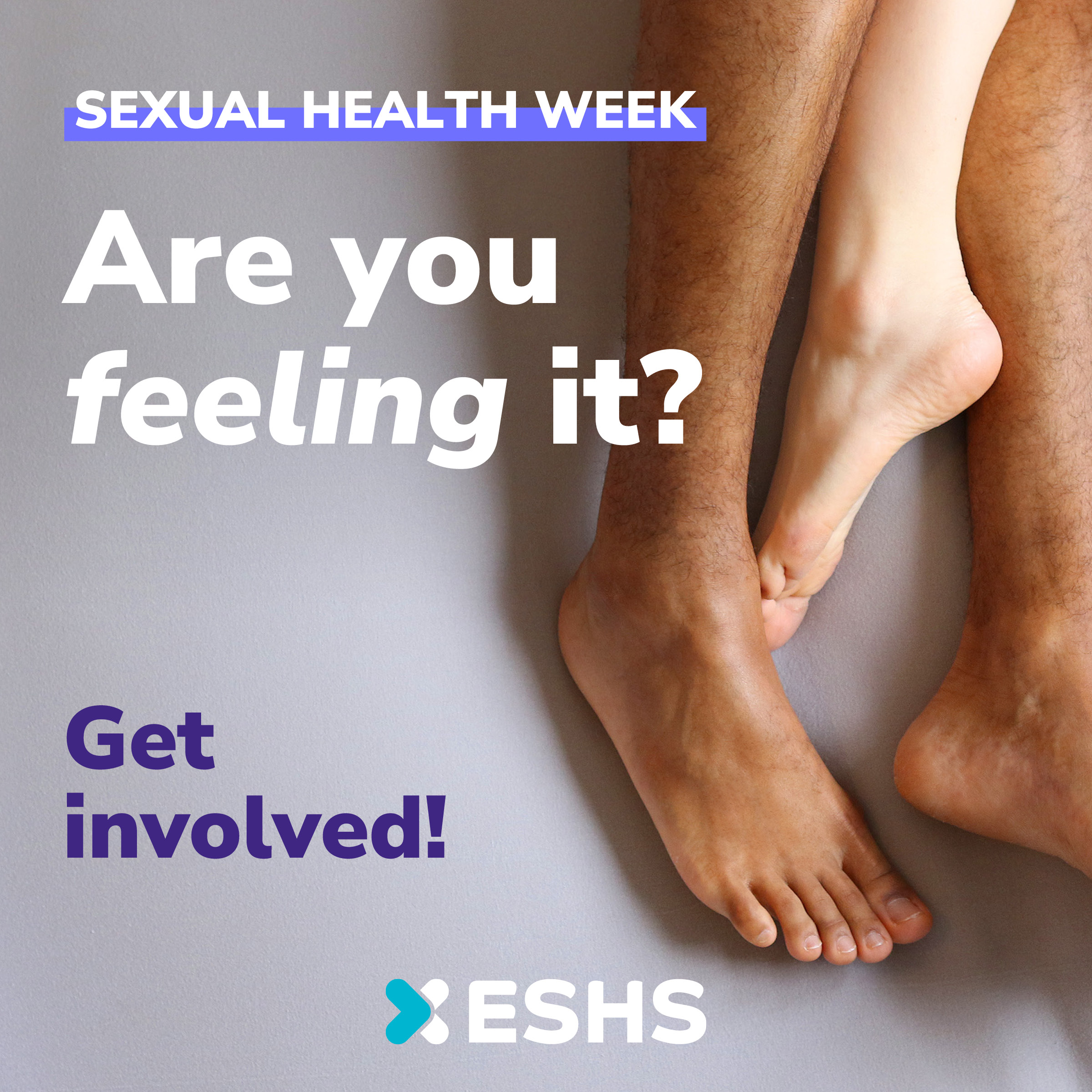Introduction to PrEP and PEP
Sexual health is an essential aspect of overall wellbeing, and understanding the tools available for HIV prevention is crucial. Among these tools, PrEP (Pre-Exposure Prophylaxis) and PEP (Post-Exposure Prophylaxis) stand out as effective measures to prevent HIV infection. In this post, we will delve into what PrEP and PEP are, how they work, and the differences between them.
What is PrEP?
PrEP is a preventive strategy for people who are at high risk of HIV infection but are currently HIV-negative. It involves taking a daily pill that contains two HIV medications. PrEP can be taken daily or event based. When taken consistently, PrEP can reduce the risk of getting HIV from sex by about 99% and from injection drug use by at least 74%. PrEP is recommended for individuals who have a partner with HIV, or others at high risk of HIV transmission, do not consistently use condoms, or share needles for drug use.
Benefits of PrEP:
- Significantly reduces the risk of HIV infection when taken daily or event based.
- Empowers individuals with a proactive approach to sexual health.
- Offers additional protection alongside other preventive measures like condoms.
What is PEP?
PEP, on the other hand, is a short-term treatment initiated immediately after potential exposure to HIV. It is used in emergency situations, such as unprotected sex, needle-sharing incidents, or healthcare workers after potential exposure to HIV. Following an assessment from our sexual health team, PEP involves taking antiretroviral medications for 28 days to prevent the virus from taking hold in the body. For PEP to be effective, it must be started within 72 hours of exposure, and the sooner it is initiated, the better.
Benefits of PEP:
- Provides a second chance to prevent HIV after potential exposure.
- Is effective when started promptly and taken as prescribed.
- Acts as a critical safety net in unexpected situations.
Differences between PrEP and PEP
Understanding the differences between PrEP and PEP is essential for their effective use:
- Timing: PrEP is taken before potential exposure to HIV (pre-exposure), while PEP is taken after potential exposure (post-exposure).
- Duration: PrEP is a long-term preventive measure taken daily, whereas PEP is a one-time, short-term treatment lasting 28 days.
- Purpose: PrEP is for individuals who are at ongoing high risk of HIV infection, while PEP is intended for emergency situations following potential HIV exposure.
Conclusion
Both PrEP and PEP are critical components of a comprehensive approach to HIV prevention. By understanding and utilizing these tools, individuals can significantly reduce their risk of HIV infection. Essex Sexual Health Service is committed to providing comprehensive sexual health services, including access to PrEP and PEP. If you believe you are at risk for HIV or have recently been exposed, we encourage you to contact our clinic for a consultation. Remember, taking charge of your sexual health is a key step towards a healthy and fulfilling life.








